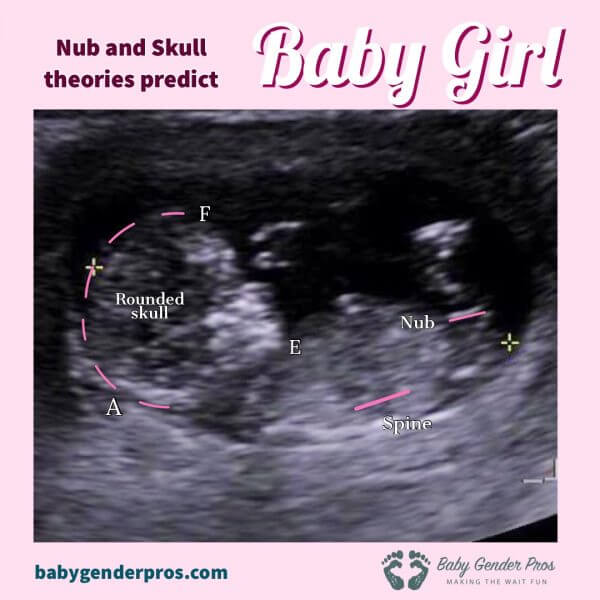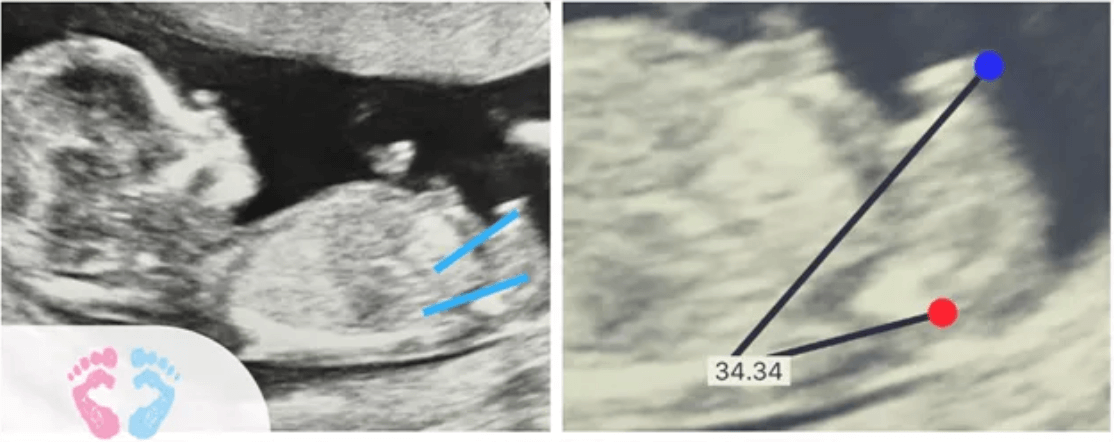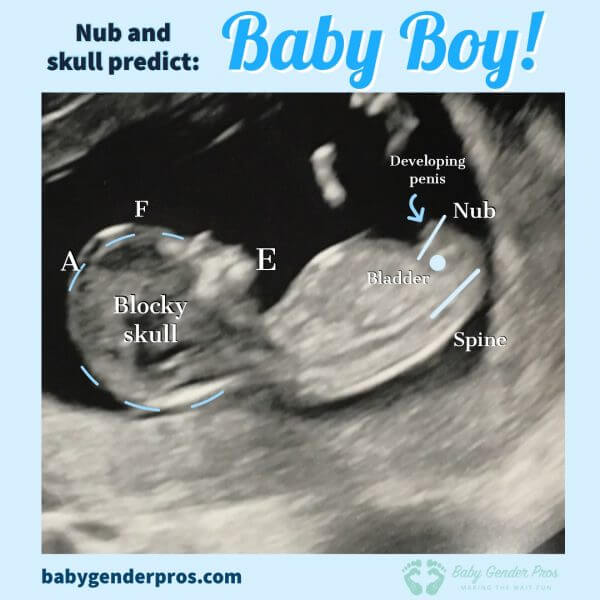Understanding Nub Theory Ultrasound Images
Are you pregnant and curious about the gender of your baby? Nub theory may have come into play. This method relies on angles in genital tubercle ultrasound images taken between 11-13 weeks’ gestation to predict the sex for a baby. In this article, we’ll guide interpreting nub theory ultrasound images so you can better comprehend how the angle affects determining your baby’s sex.
What is Nub Theory?
Before we explore how to interpret nub theory ultrasound images, let’s first define what this gender prediction method is. Nub theory utilizes the angle of a baby’s genital tubercle–a small protuberance that develops into either a penis or clitoris–to predict their sex between 11-13 weeks gestation accurately. According to this theory, the angle of this protuberance can indicate which direction a baby will face during their period between 11-13 weeks of gestation.
How to Take Nub Theory Ultrasound Images?
To take nub theory ultrasound images, the technician must position the transducer correctly and get a clear view of the genital area. The optimal timing for performing nub theory ultrasound is between 11-13 weeks of gestation; taking an image that shows the baby’s profile with its genital tubule visible allows measurement of its angle.
Understanding the Angle of the Genital Tubercle
The angle of a genital tubercle refers to the angle formed between the spine and the tubercle. Male fetuses typically have this angle angled upwards at 30 degrees or more relative to their spine, while female fetuses tend to have it angled downwards at less than 30 degrees relative to their spine. With accuracy rates up to 98%, the angle can be used to predict pregnancy sex with high accuracy accurately.
Tips for Interpreting Nub Theory Ultrasound Images
Interpreting nub theory ultrasound images can be challenging if you don’t have any prior experience. Here are some guidelines to help you interpret nub theory ultrasound images accurately:
Look for the Nub
The initial step in interpreting nub theory ultrasound images is to locate the nub. This small protuberance can be seen between the baby’s legs on an ultrasound image as its genital tubercle, and its angle can be used to predict when it will have its period.
Once you’ve located the nub, the next step is to measure its angle. This angle refers to the relationship between the spine and genital tubercle; if it’s greater than 30 degrees, then it’s likely a male fetus; if less than 30 degrees, then most likely, it is female.
Check for Other Clues
Although nub theory is usually accurate, it could be better. Sometimes the angle of a genital tubercle may not be easy to determine, or the fetus may be awkward. In such cases, look for other clues, such as ultrasound images showing either a scrotum or three lines which indicate female gender more often.

Factors That Can Affect Nub Theory Accuracy
Although nub theory generally works well, its accuracy cannot be guaranteed; factors affecting accuracy vary between individuals.
Nub theory can be accurate, but several factors could skew its accuracy. These include:
The Timing of the Ultrasound
Accuracy in nub theory depends on when it’s taken. Nub theory works best between 11-13 weeks gestation, when the genital tubule changes shape and it becomes harder to determine an accurate angle.
The Position of the Fetus
The positioning of a fetus can greatly influence nub theory accuracy. If it’s in an uncomfortable position, it may be difficult to get a clear view of its genital area and thus, easily determine an accurate angle.
Experience of an Ultrasound Technician
The experience of an ultrasound technician can influence nub theory accuracy. A knowledgeable tech is likelier to get a clear view of the genital area and accurately measure its angle.
Nub Theory vs Other Gender Prediction Methods
Nub theory is one option among many when attempting to predict gender accurately. An experienced technician would likely get better views with less distortion overall.
Nub theory is just one of many gender prediction methods available. Here are some other techniques you may be familiar with:
Ramzi Theory
Ramzi theory is a gender prediction method that uses the location of the placenta during early pregnancy to guess the gender of a baby. According to this hypothesis, if it’s on the right side of the uterus, it is likely to be male; on the left, it’s more likely female.
Chinese Gender Chart
The Chinese gender chart is a gender prediction chart that relies on the mother’s age and month of conception to predict the baby’s gender accurately. Studies have suggested it can accurately predict sexual activity with up to 90% accuracy.
Old Wives’ Tales
Many old wives’ tales claim to be able to predict the gender of a baby. For instance, some people believe that if the mother is carrying high, it is likely a girl; if she is carrying low, it is likely a boy.
Conclusion
Nub theory is a popular gender prediction method that utilizes the angle of the genital tubercle in ultrasound images to accurately predict sex for babies between 11-13 weeks gestation. Interpreting nub theory ultrasound images can be challenging, but with practice, you will gain proficiency at accurately predicting your baby’s gender. While nub theory is fairly accurate, other factors like ultrasound timing and the fetal position may affect its accuracy.
FAQs
Is Nub Theory Accurate?
Nub theory can be accurate, but more is needed. The accuracy of nub theory depends on several factors, including ultrasound timing and the position of the fetus.
When Should You Conduct Nub Theory?
Nub theory tends to be most reliable between 11-13 weeks gestation.
Can Nub Theory Be Wrong?
Yes, nub theory can be inaccurate due to other factors like ultrasound timing and fetal position.
What other gender prediction methods exist?
Ramzi theory, the Chinese gender chart, and old wives’ tales are other possible solutions for gender prediction.
Should I Rely on Nub Theory to Predict My Baby’s Sex?
While nub theory can be accurate, it isn’t guaranteed. For the best accuracy, wait for confirmation from a qualified medical professional about the baby’s gender and sexuality.


